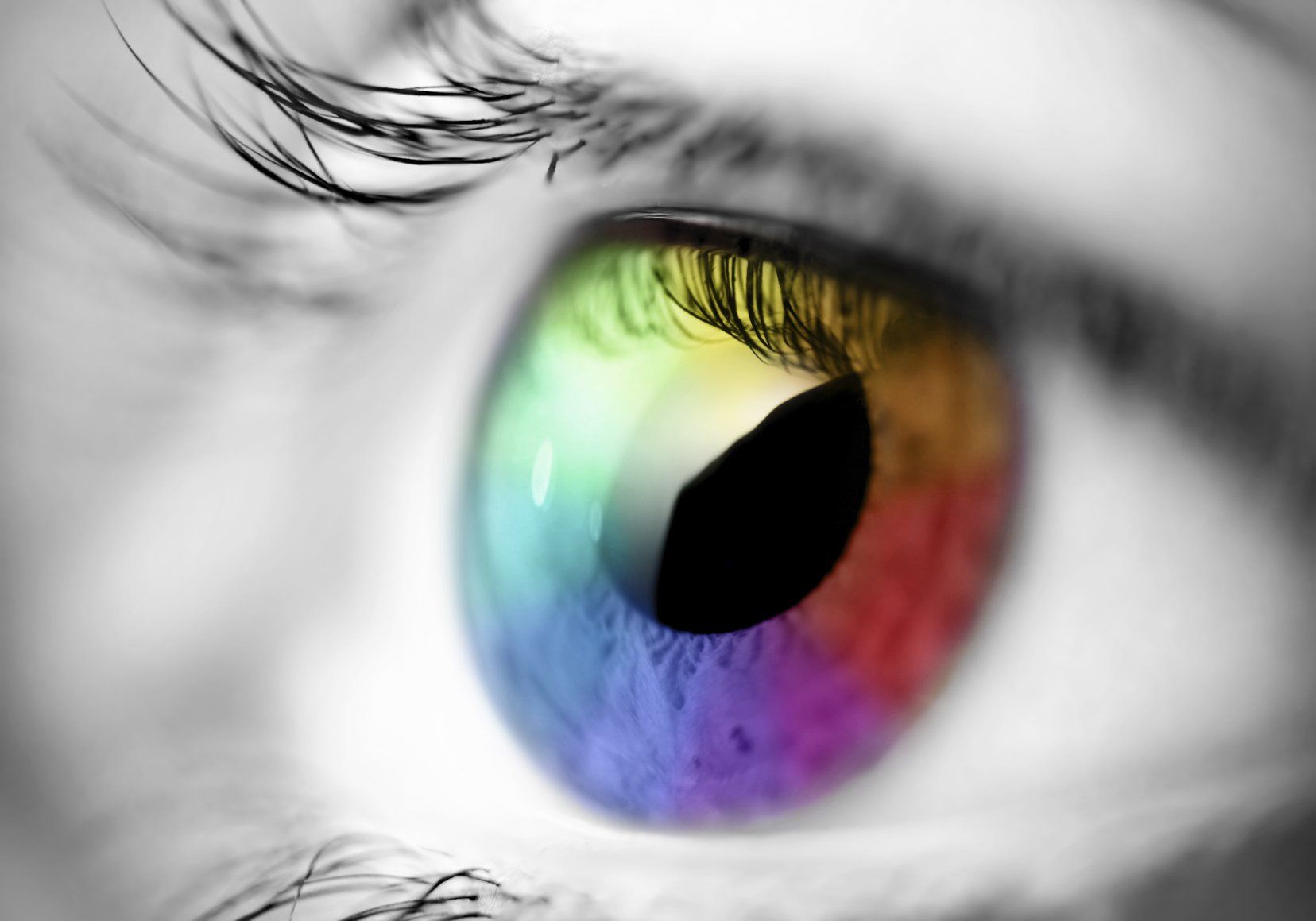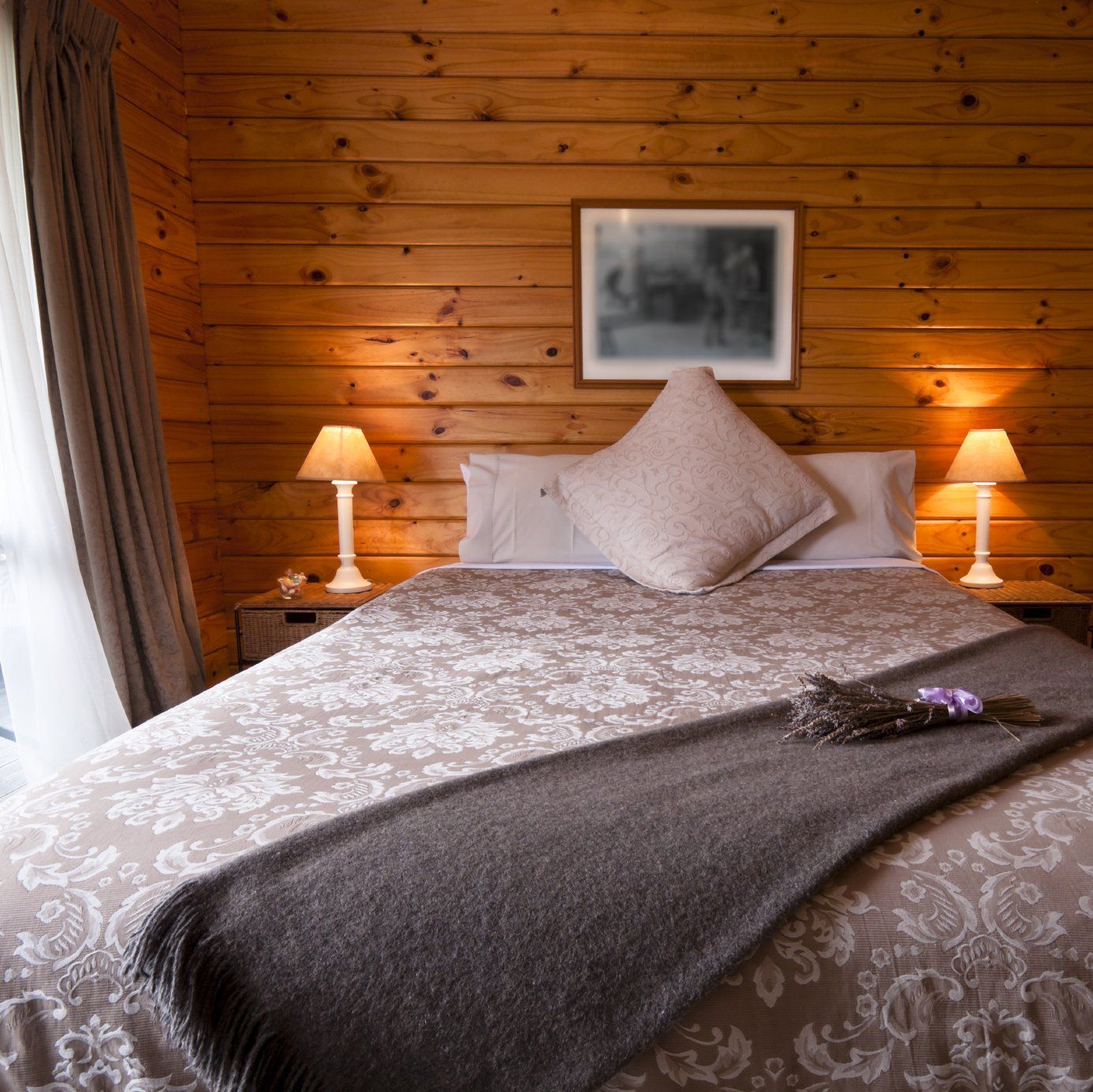Sensory needs
Suggestions for sensory accommodations

Sensory sensitivities and preferences are common in neurodivergent individuals such as Autistic or ADHD folks. The below tips and suggestions have been created from occupational therapy and sensory treatment plans. When considering expanding your sensory capabilities, be sure that you're in a stable mindset so that you feel less overwhelmed. Start slow and "microdose" your sensory experiences; trying to change too much at once can be uncomfortable or lead to a meltdown.
Individuals who are “sensory-avoidant” experience a decreased desire to seek both familiar and new sensory experiences. They may feel easily overwhelmed by many types of sensory input and may be hyperresponsive to them. Exploring sensory experiences in a calm and relaxed setting slowly over time can allow you to expand your ability to tolerate new sensory experiences. These individuals may experience increased distractibility and discomfort when presented with intense stimuli.
For hypersensitive individuals, try:
Taste/Smell
- Explore new foods, ask friends to introduce you to restaurants or foods you've never tried
- Try out scented products (lotions, soaps, shampoos, aromatherapy); Find scented products that you like and utilize them regularly.
- Utilize unscented products as appropriate (shampoos, lotions, cleaners)
- Identify flavors and ingredients that you prefer and incorporate them into daily meals
- Introduce new foods and smells gradually
- Ask for sauces and dressing on the side
Movement (proprioception)
- Pursue new physical activities such as (bowling, aerobics, dance classes)
- Change the order or technique you do your daily routines (like morning hygiene or workplace tasks)
- Attend to how your body feels when you are moving
- Use rocking chairs for calming effects
- Limit the number of steps when learning a new movement activity
- Select movement activities that allow you to keep your head upright and/or maintain a consistent speed (bike riding). Movements with multiple components (basketball for example) can feel more uncomfortable than movements that keep your body in a stable position.
- Seek out the stairs when in the community, as elevators, escalators and high places may be uncomfortable
- When involved in physical activities, schedule breaks as needed
- Incorporate routine and repetition in movement activities
- Place your most frequently used objects within arm's reach in cabinets and drawers to avoid having to bend over
Visual
- Consider trying new colors in your environment (wardrobe, school supplies, bedroom décor)
- Visit a museum
- Rearrange your furniture
- Use systematic methods of visual scanning (left to right, top to bottom)
- Cover or visually block out information, reduce clutter.
- Organize drawers, closets, etc. so that it is easy to find what you are looking for
- Periodically close your eyes to decrease visual stimulation
- Wear sunglasses when appropriate
- Use dim or natural lighting
Touch
- Incorporate textures in clothing and objects
- Take a warm bath using a bath mitt, loofah sponge, or textured washcloth
- Use deep-pressure rather than light touch
- Wear clothes that are heavy or weighted
- Wrap yourself in a blanket; Use lots of blankets or heavy comforters on the bed
- Explain your need for personal space to others
- Select fabrics that don't irritate your skin or styles that are not constricting
- Position fans/vents so that they are not blowing directly at you
- Wear gloves when cooking, gardening, etc.
Activity and Energy Level
- Spend time in the natural environment (parks, lakes, hiking trials)
- Cook something from scratch
- Vary the order in which you go about your daily routine
- Take opportunities to engage in safe social interaction
- Incorporate breaks and time-outs
- Look for smaller, less crowded, more organized stores to do your shopping at
- Use self-cues to stay focused—talk aloud or to yourself when executing a task
- Make a plan before starting a task
- Break tasks down into smaller parts
- Identify the steps and important features that need your attention
- Put materials in sequential order (line them up in the order you will use them)
- Write out steps to a task and check them off as you complete each one
- Avoid community areas during crowded, busy times
- Maintain consistency to reduce disruptions
- Establish routines that are comforting and supportive
- Find quiet places for alone time
- Find opportunities for small groups or one-on-one interaction
- Ask to sit individually on the outside when in a large group setting
Auditory
- Play music while going about daily activities
- Read aloud to someone or listen to books on tape
- Limit the amount of information or steps that are provided at any one time
- Reduce the volume or amount of auditory stimuli
- Take notes and ask for written handouts to supplement verbal information
- Participate in group discussions to help maintain focus (rather than only listening)
- Diminish background noise/conversation, turn off the TV/music
- Go to a quiet area when you really need to focus
- Use white noise or calming sounds to drown out distracting noises
- Use ear plugs
Hyporesponsive
Individuals who are sensory seeking may find that activities and environments do not provide the necessary intensity or variability of stimulation to enable sustained attention to performance. They are often under-responsive to sensory stimuli and need more intensity input to register a specific response. These individuals often encounter slowed response in reacting to low intensity or rapidly changing stimuli.
Taste/Smell
- Incorporate unfamiliar foods
- Use extra care when drinking or handling hot liquids
- Ensure smoke detectors are present and working
- Chew gum or eat mints when feeling restless
- Use scented lotions, soaps, etc
- Wear perfume, cologne or body sprays
- Use spices, hot sauce, etc to add to your meals.
- Try new foods frequently
Movement /safety
- Use weights or other forms of resistance paired with movement tasks
- Use visual cues or visual demonstration to support movement activities
- Add visual markers or cues for steps, doorways, etc.
- Place anti-skid bathmats in the tub/shower
- Wear non-skid shoes
- Make sure pathways are clear
- Incorporate physical movement to activities
- Engage in a physical activity before any thinking task
- Select movement activities that allow changing speeds or bending over
Visual
- Make visual cues more salient—underline, bold, highlight and use color for visual directions, school work, schedules, etc.
- Label drawers and cabinets
- Take notes so that information can be reviewed and processed later
- Place important everyday objects in an obvious and consistent location
- Use bright colors, and bold shapes and forms
- Use bright lighting
- Look for environments that have a lot of visual interest and activities
Touch
- Use visual cues to notice when things are touching you
- Ask others to let you know if you are getting too close
- Pay attention to weather reports and temperature to determine appropriate dress
- Choose activities that allow tactile input from your environment (examples, crafting, gardening)
- Select clothes, blankets, towels with varied textures
- Go barefoot
- Use textured lotions and creams
Activity and Energy Level
- Use lists, reminders, calendars as reminders and cues
- Write something down or talk it through to another person before executing a task
- Seek out group activities
- Find opportunities for self-expression (drawing, dancing, painting)
- Find new ways to complete familiar tasks
- Try to find a way to add something new to your daily routine (take a new route to work, try something new, change the order of two tasks etc).
Auditory
- Ask others to repeat information as needed, see if you can record classes
- Ask for verbal information to be in written form, or take notes when necessary
- Use an alarm on your phone for reminders
- Incorporate sounds into daily activities (play music while working)
- Use background noise
- Find leisure activities where the environment is rich with auditory stimuli (bowling, sporting events, walking in nature)
- Attend concerts or other events that provide sounds









